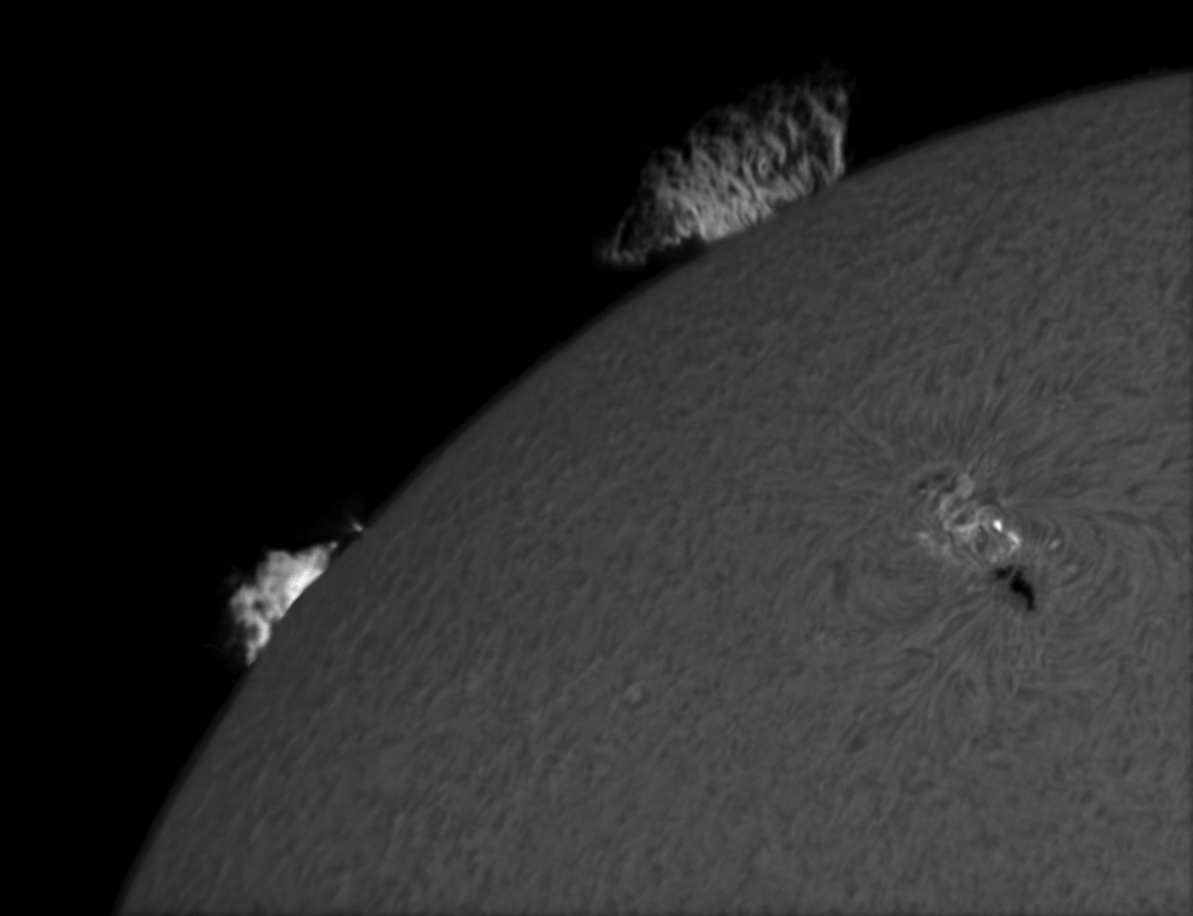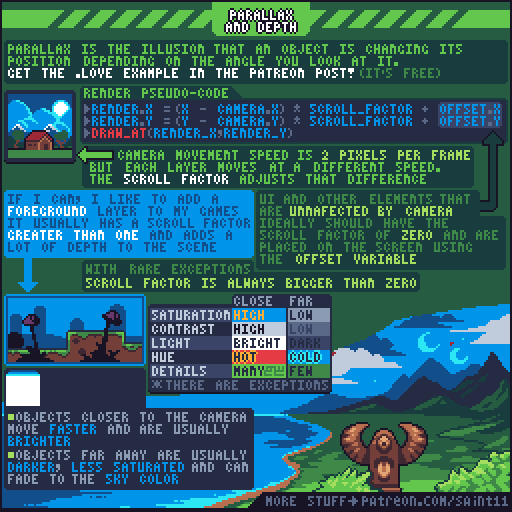
But I have yet to see an example where it has done so. By this I don't mean to say it can never improve images like yours. Registax will function considerably better when imaging such objects as the Moon, high in the sky, on nights of average to better seeing and when a large number of frames are obtained. It will only improve the result over a singe image if there are lots of better ones in a large image stream. Registax can do no better with such a small collection of images.

As you found, its just better to look at each image and select the best one. There are just few good images (or none) in the stack. Really the point is that Registax was never meant to try to clean up such images. Even if there had been thousands of images, very few if any would be worth stacking.īy saying this I don't mean to demean your skills - no one could have done any better under those circumstances. Now when I use the term "poor", it is only in regard to the amount of seeing induced distortion, not to any photographic quality like composition etc. I would suggest that none of these benefitted from improved seeing - all the images were of poor quality. Not only that, only 24 images were obtained. In your case, imaging was done through the part of the atmosphere with the absolute worst seeing environment. In that case stacking will reduce electronic noise and bring out image details that may be invisible when examining a single image. So for instance out of some 15,000 frames (4+ minutes of 60 FPS video), the user might select the best 150 for use in the final stack. The user decides how many of the better images keep for stacking, with the lower quality ones being excluded from further processing. These higher quality images would be from brief instants when the instantaneous quality of seeing was better.įor best use Registax examines a large stream of planetary images, estimating their quality and in effect re-ordering the image stream from highest to lowest quality. So (s)he would try to capture a stream of images (most likely high frame-rate video or JPEGs) to get a large number of images, with the hope that some would be higher quality. So a planetary astro-imager would first endeavor to observe the planet when it is highest in the sky, for there the seeing will be best. Also seeing varies from night to night - some nights are good and some are bad as regards seeing. In clear text, the higher in the sky you observe, the better the seeing, with straight up being best (lowest airmass) lower in the sky is worse (highest airmass). The astronomer is acutely aware that the destructive effect of seeing is greatly dependent on "airmass" or the total amount of air that light from the planet must traverse in getting to the cameras's sensor.

(An extreme example of this is "heat waves" seen on hot pavement.) Even in this unfavorable optical environment, there will be moments when the instantaneous seeing will be better or worse than the average. This seeing is distortion caused by pockets of air of different densities (and refractive indices) moving in random patterns between the telescope and the planet.


While observing a planet through a telescope, the image will be almost continuously distorted and smeared by atmospheric "seeing". It was developed to help Lunar/Planetary imagers to get the best out of an unfavorable atmospheric environment, through which they were trying to capture good images. In answer to your questions and to hopefully be of help, I'd like to give a bit of background on the purpose of Registax. There are so many controls in this program, perhaps someone knowledgeable can direct me to "start" in the right ballpark.
#REGISTAX 6 TUTORIAL STILL FRAMES ISO#
(Used a Nikon D5100 Manual, ISO 160, 2 secs f8, tripod, remote.) The pic below is a screen capture of 200% crop. Ran them through RegistaX and the final result was no better than most individual shots, and in fact worse than the best individual shot. Typically these get distorted because of the air above the sea ripples. jpg photos, night, the lights across 5 miles of sea. Downloaded the (latest?) Registax v6.1.08 and shot 24 still. I'm a newcomer to the concept of image stacking.


 0 kommentar(er)
0 kommentar(er)
